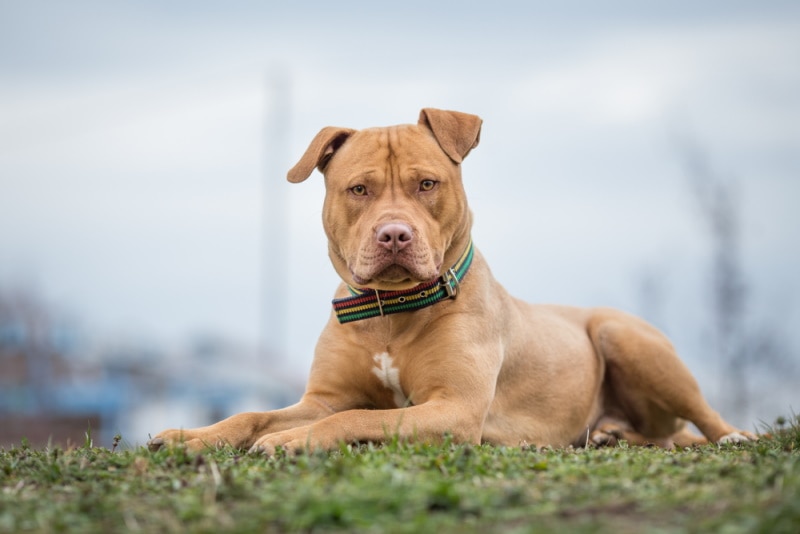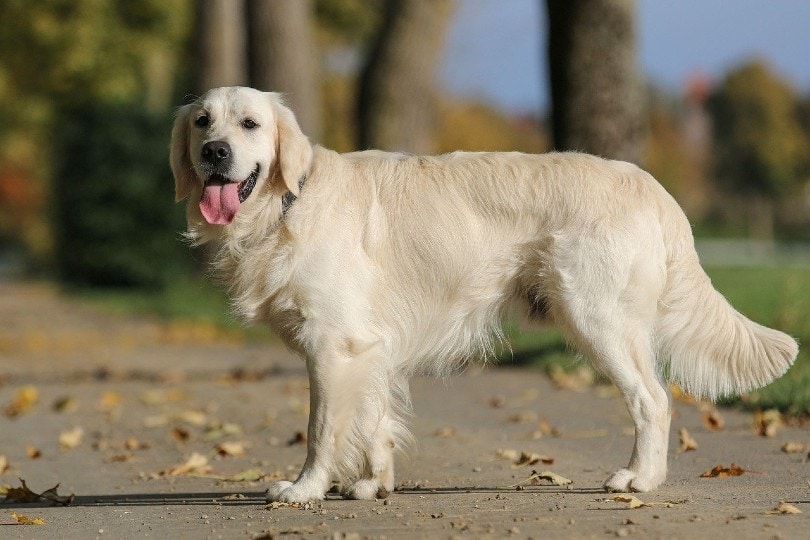What is the Cost of Dog Lipoma Surgery? (Updated in 2024)

Updated on
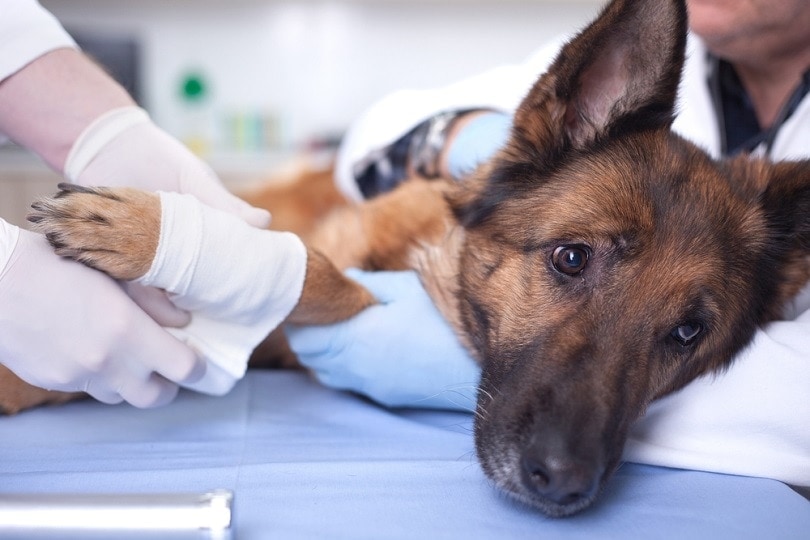
Finding a lump on your dog can be a terrifying moment. But it is not always as bad as it seems, and resolving it doesn’t have to cost the earth! If you’re a dog owner, it’s important to know about lipomas,1 which are non-cancerous growths that can develop in your furry friend. They are also called fatty lumps. These occur in humans too and generally, they aren’t anything to worry about. However, in a small percentage of cases, they can require more careful handling.
Lipomas usually form near the surface of the skin, but can also appear in deeper tissues. Obviously, any growth that forms around internal organs is more of a concern. While certain breeds are more prone to developing lipomas, any dog can get them. They are quite commonplace, and their removal is pretty routine.
There are multiple factors that can affect the cost of lipoma surgery, but the average range is between $200 to $600. If you’re curious to learn more about the cost of removing a lipoma and the surgery, here’s what you need to know.
Lipoma Surgery: Why It’s Important
Not all lipomas require surgery straight away, but it is important to consult your vet as soon as possible for an accurate diagnosis. Don’t wait around too long. There can be serious repercussions and long-term ill effects if a lipoma is not removed in time, depending on its size and location. And this isn’t one of those issues where the problem will resolve itself. Lipomas won’t go away without surgery, so there’s a chance your dog could experience discomfort or more severe problems depending on the lipoma’s size and location if it’s not removed. It’s best to be proactive.
Even if you opt against surgery after your vet confirms the diagnosis, you’ll still need to keep an eye on your dog’s lipoma to determine if it develops into something more serious later. The earlier you go to your vet, the more information you will have. If the lipoma is left untreated and it continues to grow, it can cause your dog great discomfort or affect things like their mobility.
What is the Cost of Lipoma Surgery?
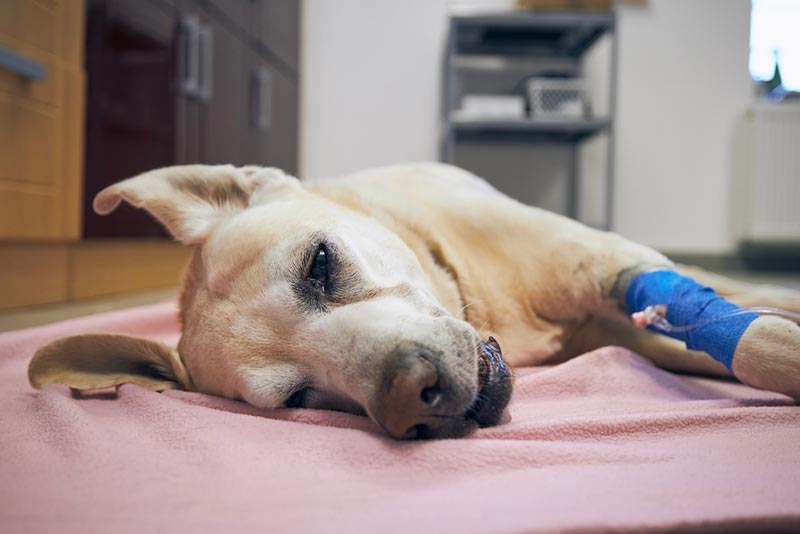
Pet care is expensive, and resolving this issue is far from cheap. Several factors can affect lipoma removal surgery costs, such as the number, size, and site of the growths, as well as your dog’s breed, age, and general health. If your dog is in frail health or the lipomas are in complex areas, the cost will go up.
Tumor mass size, density, and quantity play a significant factor in the price, with removal costing between $200 to $600, depending on the type. If your dog has several lipomas, then your bill will be higher. If the lipoma is located in a hard-to-reach spot, such as deeper within the tissues, the cost can rise significantly, even reaching $1,000 for each growth. This is because the surgery will take much longer and be much more complex. Your dog’s age, breed, and health also affect the price, as surgery can be more challenging with overweight dogs or dogs with other health issues. And this makes sense: you want your veterinary surgeon to know what they are doing, and this expertise and time cost more. This can increase the cost of treatment, which varies from one place to another based on where you go.
Anticipate Additional Costs
In most cases, you should expect to pay between $30 and $70 for a vet exam, sampling of the mass (typically fine needle aspiration),2 and diagnosis. Your vet will probably take a small sample of the mass using a needle, which is a simple and effective way of diagnosing many lumps. Otherwise, a biopsy is necessary. Lipoma surgery is usually covered under preventative care coverage by pet insurance plans. It can cost around $150 or more to diagnose more complicated lipomas, including ultrasounds and X-rays. If a CT scan is necessary, the price will be higher. Besides blood work, anesthesia, and follow-up appointments, you should also factor in other itemized fees.
Recovery Time
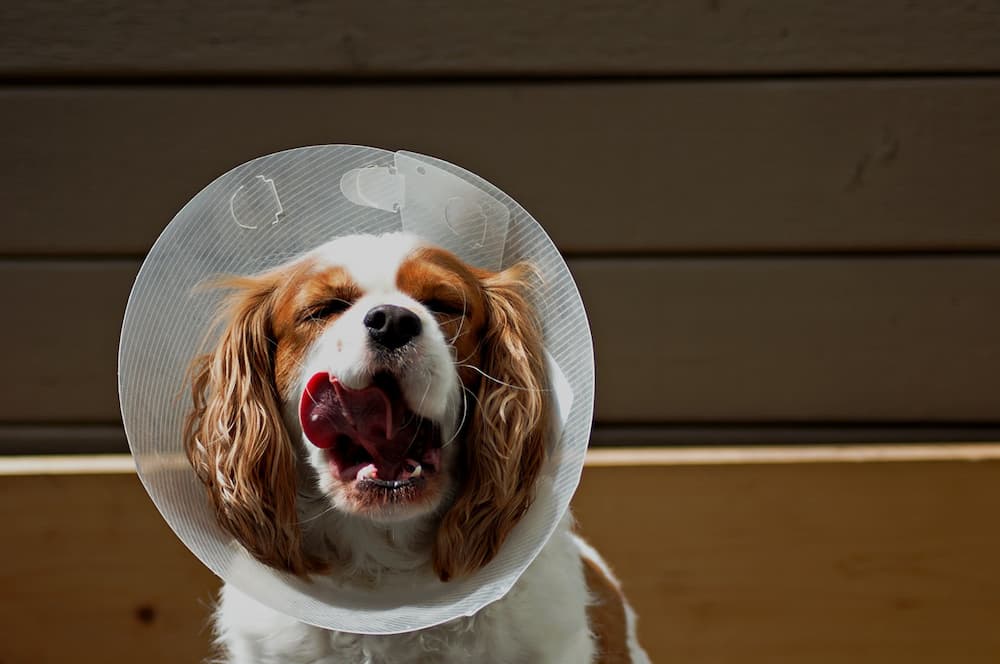
After treatment, it’s time for your dog to relax. It’s crucial for your dog to get enough sleep after lipoma removal surgery. Some dogs may want to jump up and get back at it immediately. It’s important you don’t give in to this. The recovery period for your dog should be at least 10–14 days, regardless of how invasive the surgery was. Take time each day to observe the surgical site. If you notice any post-surgery complications, such as fluid buildup or infection, you should seek medical attention. These are all things your vet can resolve easily—if you give them the heads up.
Observe the incision site for redness, swelling, discharge, or pain. These are all signs that you should get more support. Contact your veterinarian if your dog hasn’t eaten, urinated, or defecated for 12-24 hours after surgery. Anesthesia can have a big impact on your dog’s whole body, and there might be some residual nausea and reduced appetite.
Is Lipoma Surgery Covered by Pet Insurance?
Lipoma removal surgery is usually covered by pet health insurance. The majority of accident and illness policies classify it as an illness. You can rest assured that a significant financial burden will be lifted if you have pet health insurance. It is possible, however, that pet insurance will not cover lipoma surgery. Typically, pre-existing conditions are not covered by pet insurance policies if you enroll after your dog is diagnosed with a lipoma.
When Your Dog Is Recovering
While your dog is recovering from an incision, they should not lick the site. This can be achieved by using a cone or a comfy collar to keep your dog away from the area. Lipoma removal surgery usually doesn’t come with many side effects, but the skin may become irritated or inflamed, so keep an eye on the area to ensure that it doesn’t progress into an infection.
Conclusion
It can be scary to discover a growth on your furry friend, especially if it comes with a big price tag. However, lipomas are usually harmless and surgery to remove them is relatively easy. Most pet health insurance plans cover lipoma removal surgery, so you can rest easy knowing that you’re covered. If you notice a suspicious lump on your dog, contact your vet immediately. Taking an active role in your dog’s health is the best way to ensure that they live a long and happy life.
Featured Image Credit: VP Photo Studio, Shutterstock




